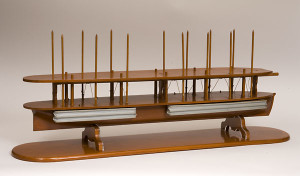I recently returned from a week-long trip to central Illinois, stopping in places where Abraham Lincoln became famous as a lawyer and a politician. Check out Part I and Part II of my travel summaries from that week. The week started in Bloomington, Illinois, and it turns out that this city may very well have brought out the greatness in the man who would become our sixteenth president.

David Davis mansion
Lincoln’s first court case in Bloomington took place in 1838, when the 29-year-old lawyer and state legislator was riding the 8th judicial circuit. Bloomington was a stop on that circuit and the home of David Davis, the judge who rode the circuit for six months out of each year with Lincoln and several other lawyers. Davis would go on to be Lincoln’s campaign manager years later when Lincoln ran for president (and during his presidency Lincoln appointed Davis to the U.S. Supreme Court).
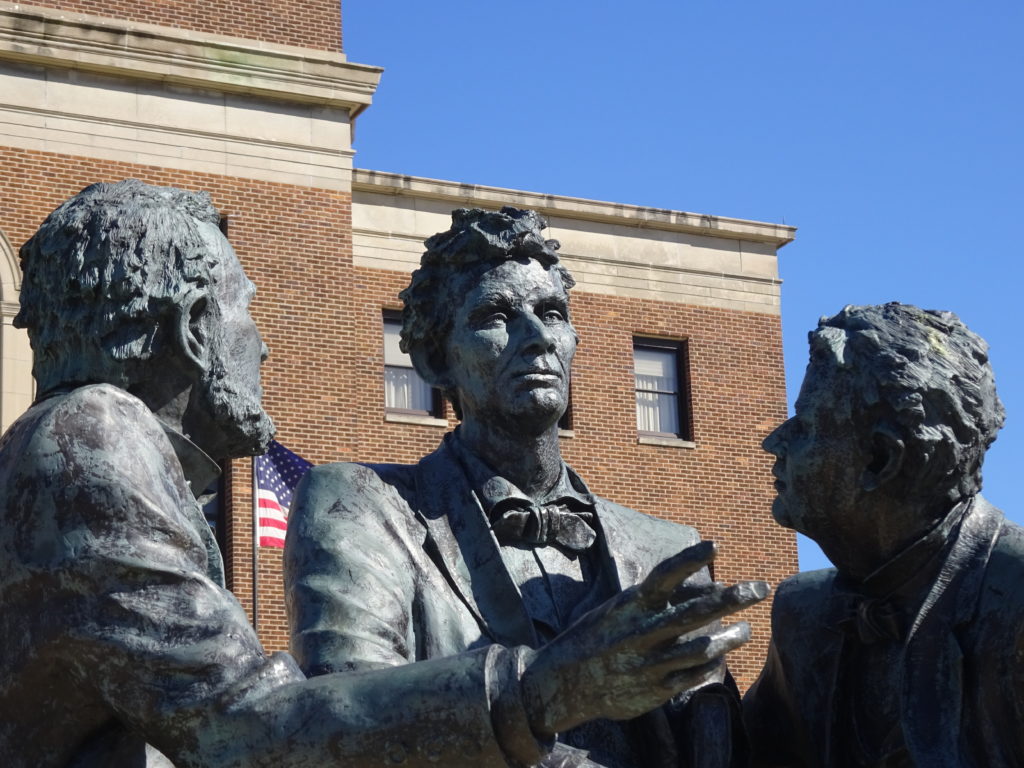
The convergence of Purpose
Another key player in Lincoln’s life was Jesse Fell, a local lawyer, businessman, and founder/editor of the Bloomington Observer (later changed to the Pantagraph, the newspaper greeting us in the hotel lobby today). In the statue above called “The Convergence of Purpose,” Lincoln is joined by Davis and Fell as they discuss the issues of the day, most notably slavery, tariffs, and the railroads. Fell was instrumental in arranging the confluence of two major railroads just north of Bloomington, which is now the sister city of Normal, Illinois.

Jesse Fell telegraph
Fell also had the local telegraph in his office, which was likely the first exposure to this new device for the technology-loving Abraham Lincoln. When Fell wanted to start the first public university (now called Illinois State University) in Normal, it was Lincoln he called in to do all the legal paperwork.
Lincoln presented some 15 of his most important speeches in Bloomington, with his first probably being as early as 1838 when he stood in for his law partner, John T. Stuart, then running for Congress against a certain Stephen A. Douglas. It wouldn’t be the last debate he had with Douglas. In 1854, after listening to Douglas regale the afternoon crowd in support of the recently passed Kansas-Nebraska Act, Lincoln, recently “aroused” back into politics, Lincoln took on giving a rebuttal that evening.
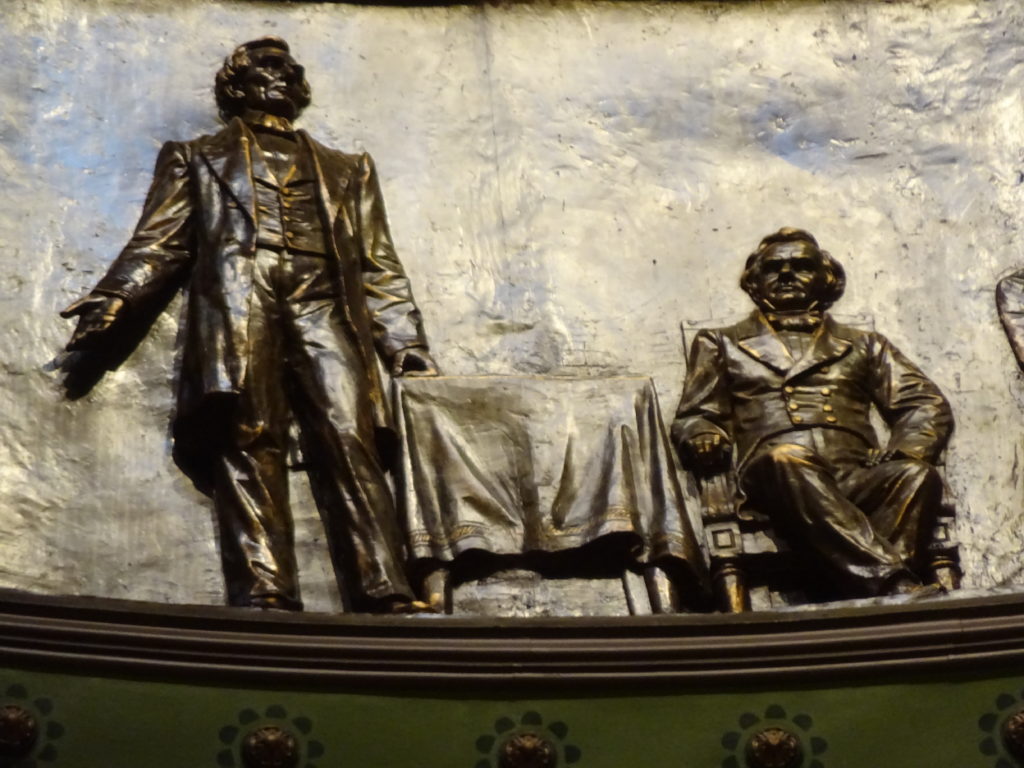
Lincoln-Douglas Debates
Bloomington is also the location of Lincoln’s “Lost Speech.” Given in 1856 at the first Illinois Republican Convention, the speech was supposedly so enthralling that reporters present forgot to take notes. An alternative (and perhaps more likely) explanation is that Lincoln asked the hyper-partisan newspapers of the day to suppress the speech, fearing it way too radical for his keen political sense. But perhaps the speech isn’t completely lost? Check the next Lincoln Group of DC Lincolnian for a book that purports to recreate it.
In 1858 Lincoln was trying again for a Senate seat, this time against his old rival Stephen A. Douglas. Bloomington was not one of the seven famed Lincoln-Douglas Debate cities since both candidates had already given speeches there. But according to William Herndon, Lincoln may have given a preview in his Bloomington “Lost Speech” of one of his most famous speeches, which he gave on June 16th that year in Springfield, the one popularly known as the “House Divided” speech:
A house divided against itself cannot stand.
I believe this government cannot endure, permanently half slave and half free.
I do not expect the Union to be dissolved – I do not expect the house to fall – but I do expect it will cease to be divided.
Either the opponents of slavery, will arrest the further spread of it, and place it where the public mind shall rest in the belief that it is in the course of ultimate extinction, or is advocates will push it forward, till it shall become alike lawful in all the States, old as well as new – North as well as South.
There is one other speech Lincoln gave in Bloomington that is of note, though it more accurately should be called a lecture. Always interested in the concept that all men should seek to improve themselves, on April 6, 1858, Lincoln prepared and presented a lecture now referred by the name “Discoveries and Inventions.” The lecture covered a wide range of discoveries (and, of course, inventions) beginning with the “fig leaf apron” of Adam and Eve to how patent laws “added the fuel of interest to the fire of genius.” Apparently the response from the heavily attended Bloomington audience was sufficient to inspire Lincoln to give the lecture several more times, though when he returned to Bloomington a year later for another go at it the lecture had to be cancelled due to poor attendance.
Bloomington would play a large role in making Lincoln president. David Davis, Jesse Fell, Leonard Swett, Asahel Gridley, and others were the prime movers of opinion and action that led to unanimous support by the Illinois delegation for Lincoln’s nomination as the Republican candidate for President in 1860. It’s clear that Bloomington and its influential residents helped make Lincoln great from his days on the 8th judicial circuit through his political speaking appearances and even his lectures on inventions. It was Jesse Fell who prompted the Lincoln-Douglas debates to occur, encouraged Lincoln to run for the presidency, and to whom Lincoln provided his first official biographical account for distribution to eastern newspapers. It was Davis who pulled his substantial weight to garner support and lead the campaign for Lincoln’s nomination and election. Without Bloomington, Illinois, we may never have met Abraham Lincoln.
David J. Kent is the author of Lincoln: The Man Who Saved America, now available. His previous books include Tesla: The Wizard of Electricity and Edison: The Inventor of the Modern World (both Fall River Press). He has also written two e-books: Nikola Tesla: Renewable Energy Ahead of Its Time and Abraham Lincoln and Nikola Tesla: Connected by Fate.
Check out my Goodreads author page. While you’re at it, “Like” my Facebook author page for more updates!
Follow me by subscribing by email on the home page. Share with your friends using the buttons below.



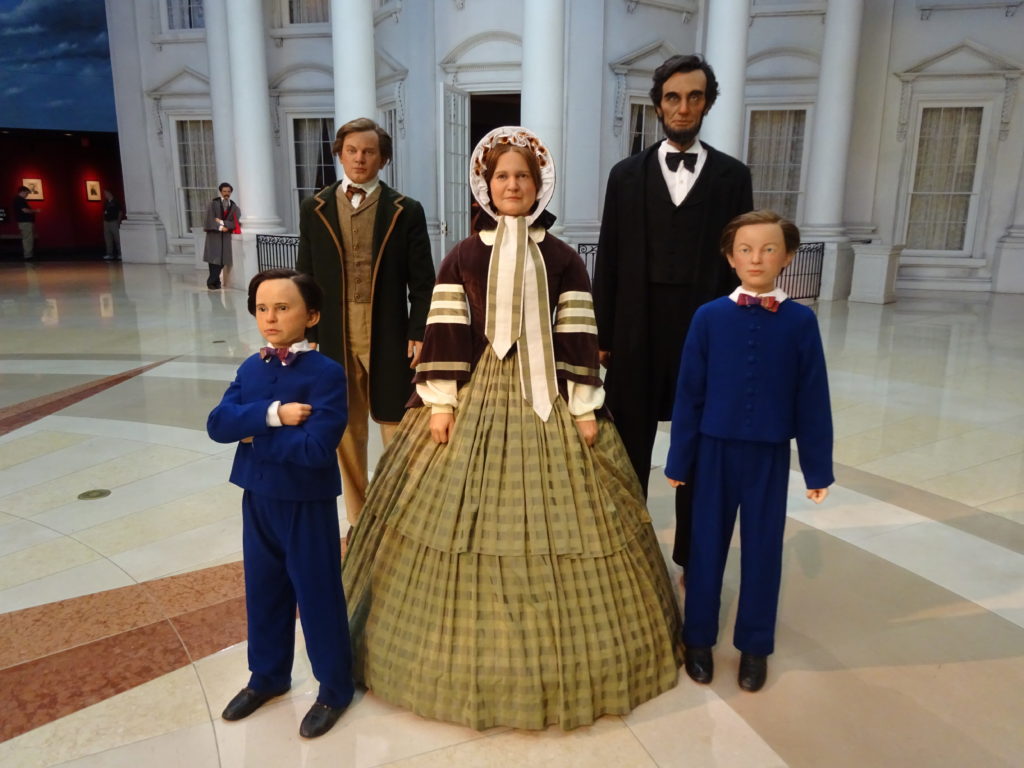

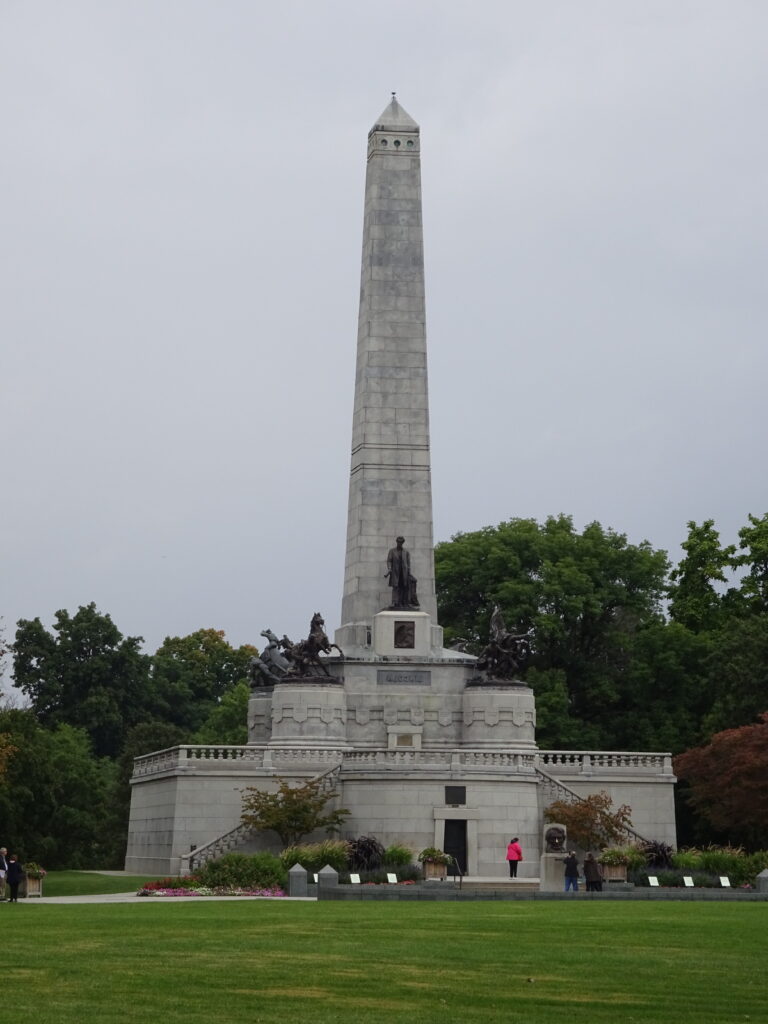
 But our day still wasn’t over. Our next stop was a whistle stop, or more accurately, the Great Western Depot where President-Elect Lincoln gave his farewell address to the people of Springfield, or those of whom had come out in a misty rain to see him off on his long journey to Washington and his first inauguration. Abraham Lincoln himself (Randy Duncan to his friends) was there to
But our day still wasn’t over. Our next stop was a whistle stop, or more accurately, the Great Western Depot where President-Elect Lincoln gave his farewell address to the people of Springfield, or those of whom had come out in a misty rain to see him off on his long journey to Washington and his first inauguration. Abraham Lincoln himself (Randy Duncan to his friends) was there to 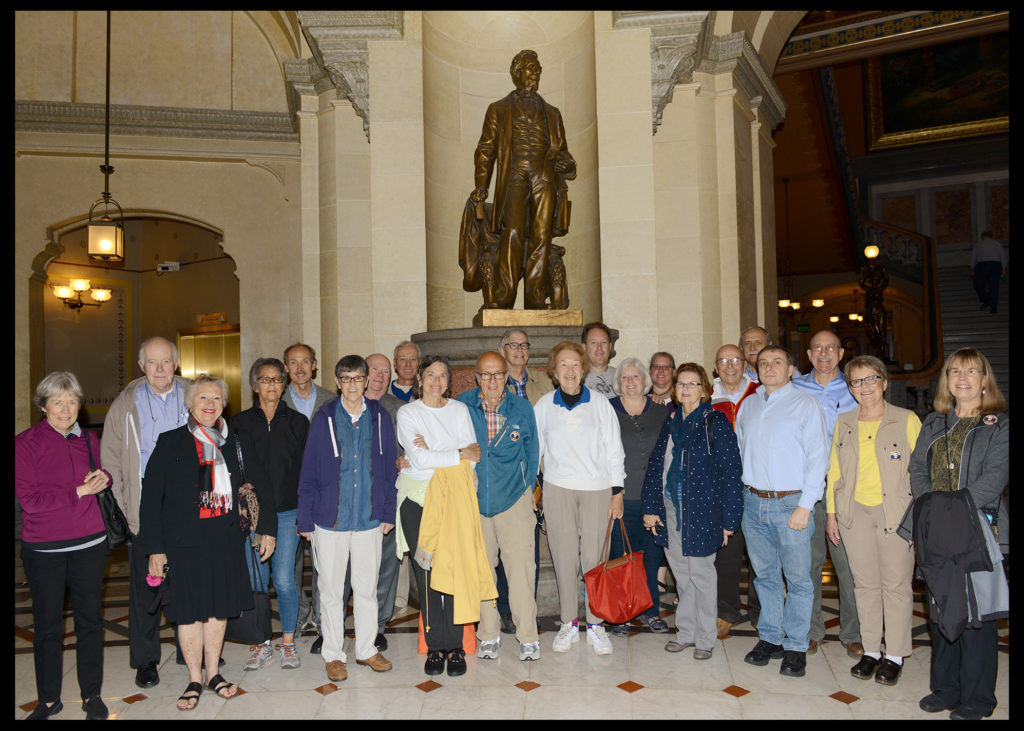


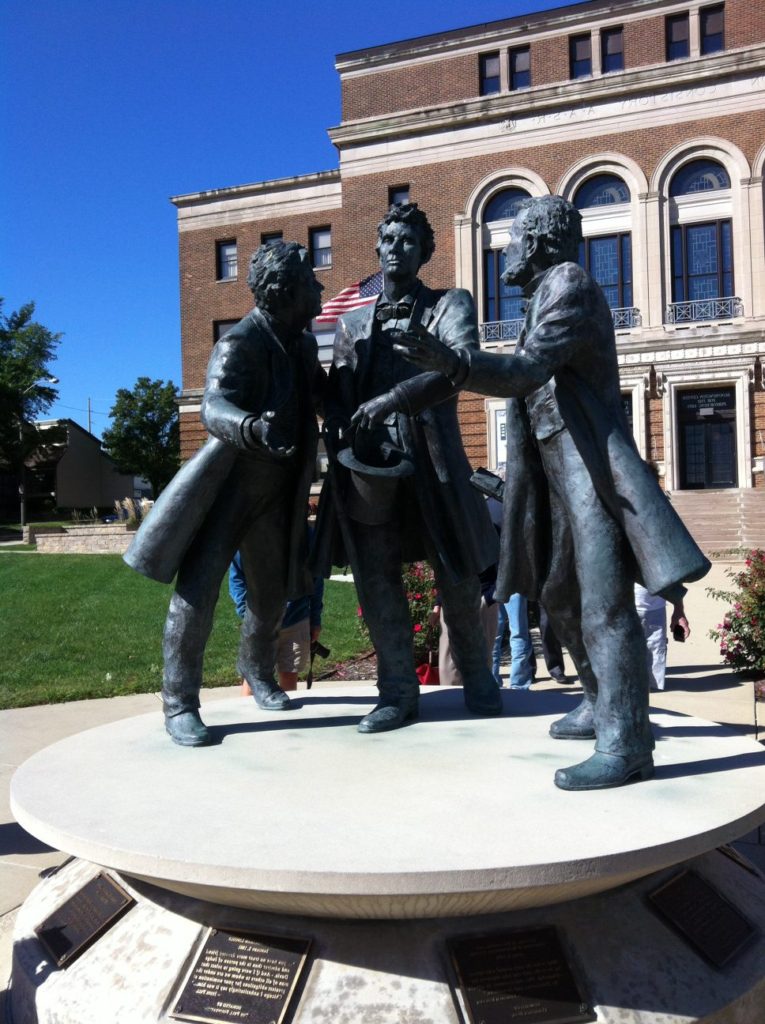
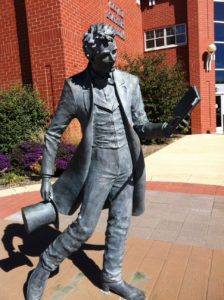 Our second full day began at the Lincoln Heritage Museum on the campus of Lincoln College in, Lincoln, Illinois, of course. We were greeted by Director Tom McLaughlin and Assistant Director and Curator Anne Mosely, who gave us a primer on the museum. The first floor was a standard museum format, with a series of d
Our second full day began at the Lincoln Heritage Museum on the campus of Lincoln College in, Lincoln, Illinois, of course. We were greeted by Director Tom McLaughlin and Assistant Director and Curator Anne Mosely, who gave us a primer on the museum. The first floor was a standard museum format, with a series of d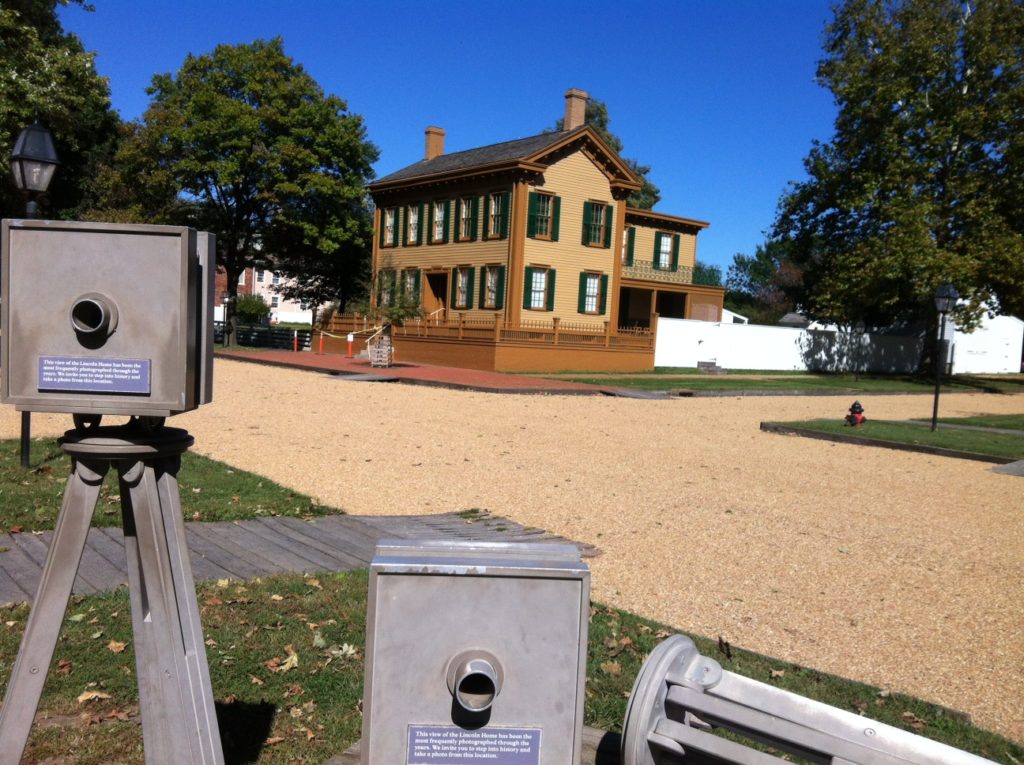
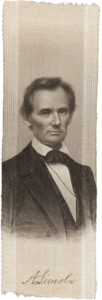 Seven score and sixteen years ago the United States experienced a contentious election. The populace was terribly divided, one campaign openly pandered to the fears of white Americans, and the survival of the Union was in question. The winner of that election in 1860 was Abraham Lincoln, our 16th President.
Seven score and sixteen years ago the United States experienced a contentious election. The populace was terribly divided, one campaign openly pandered to the fears of white Americans, and the survival of the Union was in question. The winner of that election in 1860 was Abraham Lincoln, our 16th President.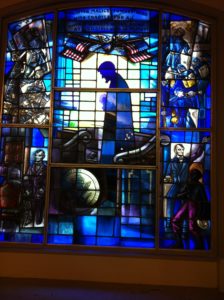
 As the current day political conventions get ready to officially name Hillary Clinton and Donald Trump as the Democratic and Republican nominees, it brings us back to when a relatively unknown Abraham Lincoln unexpectedly gained the nomination – and won the election – of 1860.
As the current day political conventions get ready to officially name Hillary Clinton and Donald Trump as the Democratic and Republican nominees, it brings us back to when a relatively unknown Abraham Lincoln unexpectedly gained the nomination – and won the election – of 1860.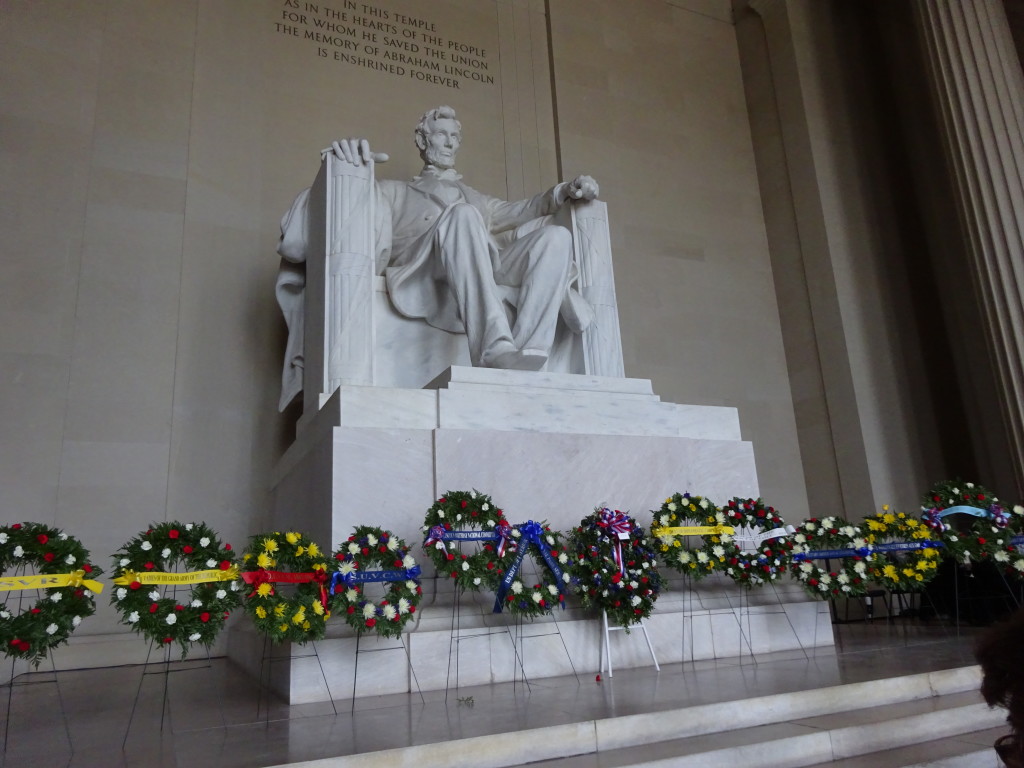
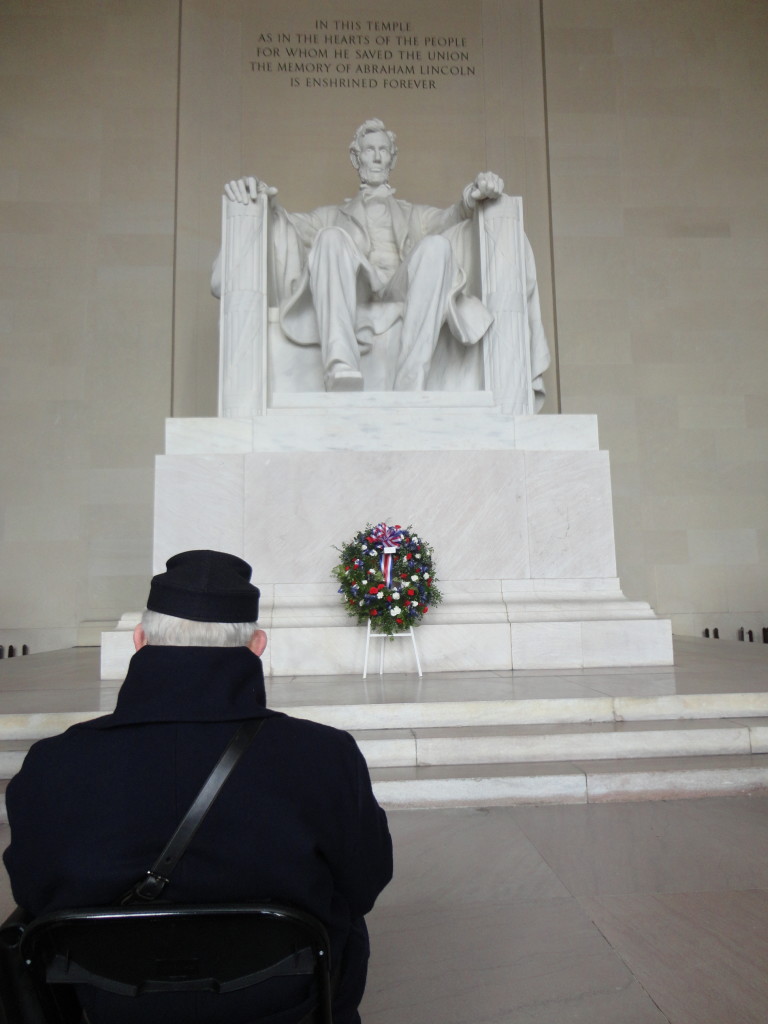


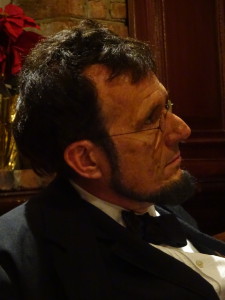
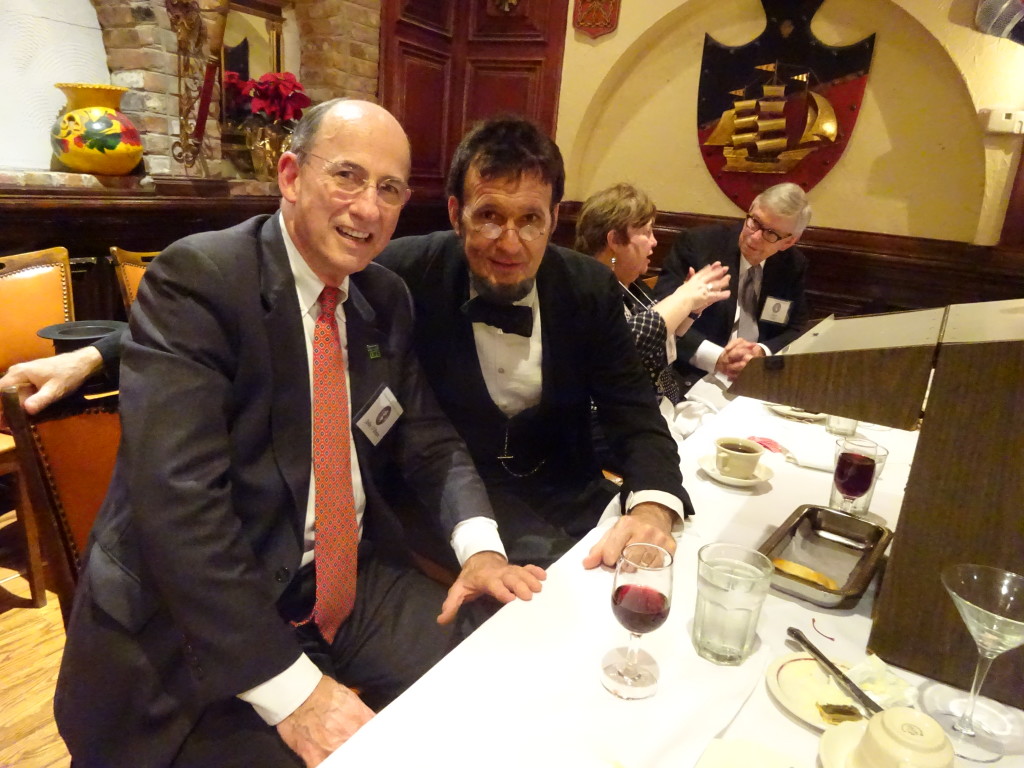
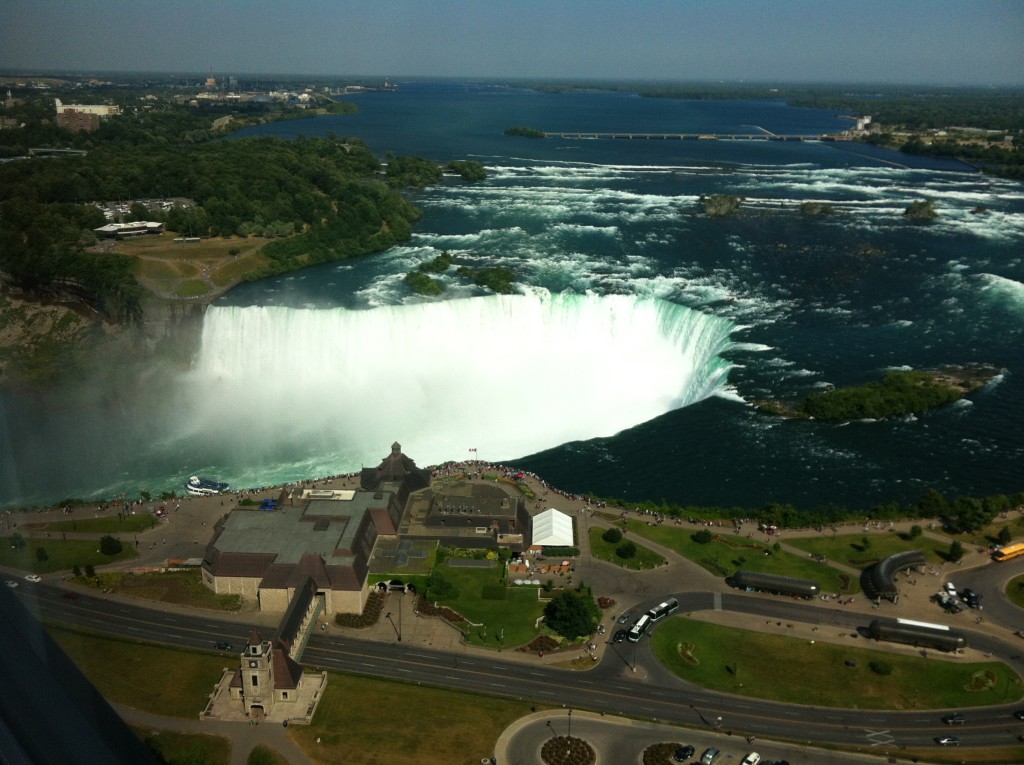
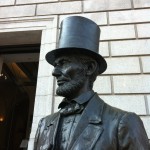 Tuesday, October 20, 2015 will be a first for me. After giving well over a hundred presentations on science topics I give my first official presentation on Abraham Lincoln. I hope many more will follow.
Tuesday, October 20, 2015 will be a first for me. After giving well over a hundred presentations on science topics I give my first official presentation on Abraham Lincoln. I hope many more will follow.